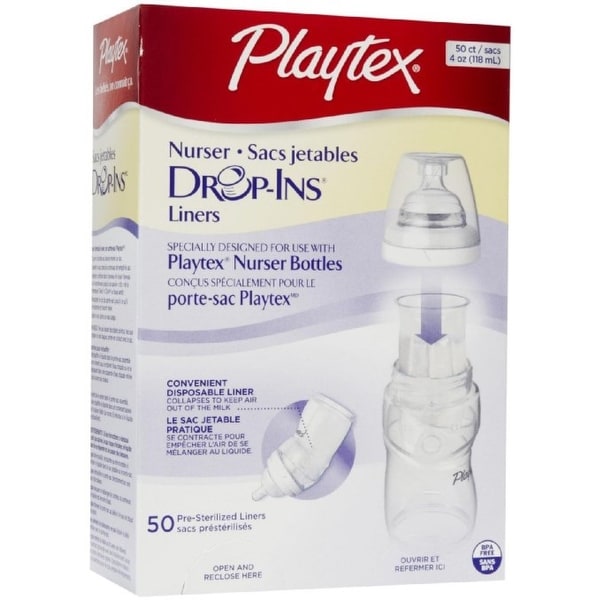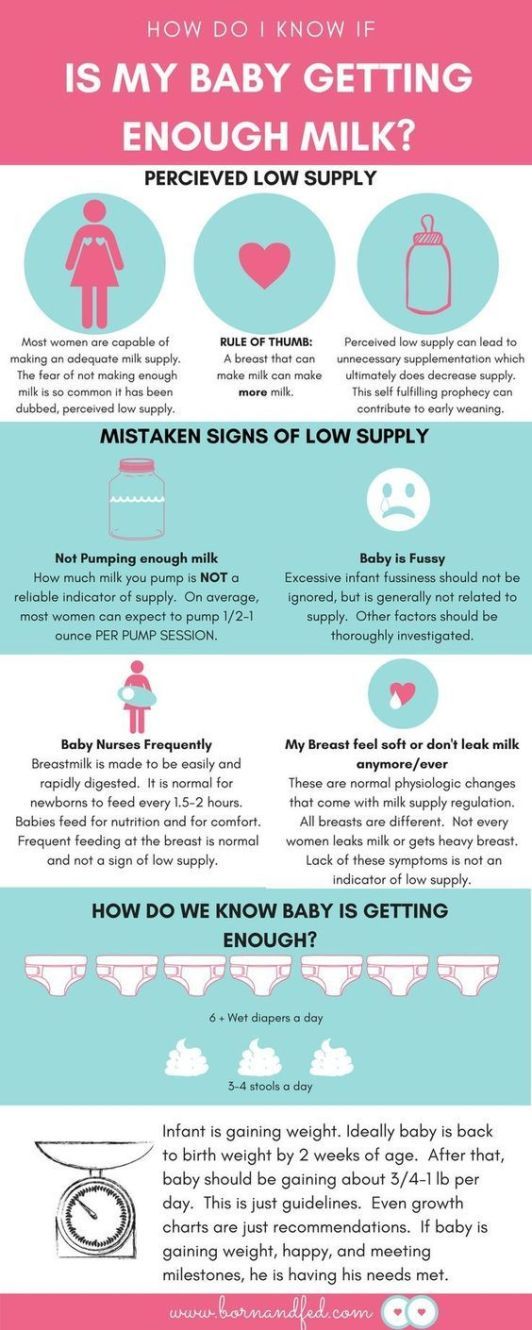How long can a baby lizard live without food
How Long Can Lizards Go Without Drinking And Eating?
Are you going on a short trip and wondering if someone should feed your lizard?
Have you noticed your lizard has not eaten for a couple of days?
Are you worried something may be wrong?
If you’ve been considering any previous questions, you may have found yourself asking:
How long can lizards go without water and eating?
Depending on the lizard’s age, size, and species, they can go without food for anywhere between 2 weeks to 2 months. However, lizards generally cannot survive without water for longer than a few days.
As written above, there are many factors to consider in determining the answer to this question.
If you want a deeper understanding of these concepts, you will find more information and details in the remainder of this article.
Table of Contents
How Long Can Lizards Go Without Water?
Most animals cannot survive for very long without water.
Lizards are no exception.
In general, lizards should not go without water for longer than a few days.
Some lizards, such as bearded dragons, are accustomed to a dryer habitat and are generally better adapted to dehydration than lizards from tropical climates.
However, we don’t advise you to let your lizard go too long without water.
You need to check your lizard for dehydration signs if you notice it has not been drinking water.
These signs include sunken eyes, wrinkled skin, lack of appetite, or decreased movement.
Lightly pinch the skin of your lizard.
If the skin pops back right away, it’s okay.
When the skin slowly goes back, it’s dehydrated.
If you notice any of these signs, take your lizard to the vet for evaluation.
Let's ask the Veterinarian!
Chat with an on-call Veterinarian in minutes!
- Have trouble with not eating, drinking, or more?
- Review symptoms and behaviors to keep your pet healthy.

- Unlimited chats
Chat with a Veterinarian Now
How Long Can Lizards Go Without Eating?
The amount of time a lizard can go without eating depends on several factors, including age, size, species, and overall health.
Age and Size
In general, younger lizards need to eat on a more regular basis.
They are still growing and adapting to their environment, which requires a lot of energy.
Going too long without sustenance will hinder this growth.
As a general rule, young or baby lizards should not go without food for longer than one week.
In terms of size, larger lizards can usually survive for longer without food than smaller ones.
When a lizard isn’t actively eating, it breaks down its existing fat stores to create new energy to survive through the day.
This fat, as well as water, is usually stored in a lizard’s tail.
The more giant the lizard, the more fat stores it has at its disposal.
Species
The type of species is also an important consideration.
For example, adult leopard geckos can go without food for over a month, while adult bearded dragons can only survive for about three weeks.
Overall Health
Lastly, the overall health of your lizard is another factor to take into account.
Healthier lizards can usually survive for more extended periods without food, but lizards with certain conditions or illnesses require more frequent feedings to sustain themselves.
Continue reading into the next section if your lizard has not been eating because this can sometimes indicate something is wrong.
Why Is My Lizard Not Eating?
If you’ve been offering your lizard food but it doesn’t want to eat, there are several possibilities to consider.
Remember, while we as humans enjoy eating food for enjoyment occasionally, lizards only eat for survival.
While not eating could be completely normal, it could also indicate something else is going on, and you need to act.
Identifying any potential issues and correcting them is essential to make sure your lizard eats.
Here are some reasons your pet may be avoiding food:
Your Lizard Is Sick
Do you ever get sick and find you’ve lost your appetite?
Lizards react the same when they are sick.
If you are worried your lizard may be ill, take it to the vet.
Many signs can indicate potential illnesses.
Check for changes in appearance, such as changes in color or increased wrinkling.
Ensure there are no changes in their shedding schedule or appearance.
Examine their feces and urine, including how often they defecate or urinate and changes in thickness or color.
Monitor for any indications of physical injuries, such as limping, bleeding, or bruising.
Watch your pet’s behavior.
You should be more concerned if your lizard acts lethargic, spends more time on the cooler end of the enclosure or the basking area, soaks in its bowl for prolonged periods, or becomes more aggressive outside of breeding season.
Any of these concerns should urge you to consult your vet.
Your Lizard Is Stressed Out
Any sudden changes can stress out your lizard.
This could be anything from rearranging things in their enclosure to moving them to a new location.
If you’ve recently added another lizard to the cage, monitor the situation for a few days to ensure the new lizard does not prevent your old one from reaching its food.
Make any changes as slowly as possible, and give your lizard a few days to adjust.
If your lizard still isn’t eating after a few days of change, return to the older situation and attempt again at another time.
A change in diet could also be the culprit.
Lizards often reject new types of food and usually do not eat until they return to their old diet.
Something Is Wrong With The Environment
Sometimes a new lizard may not eat as frequently when it is initially adjusting to its environment.
However, if the problem persists after a couple of weeks, something could be wrong.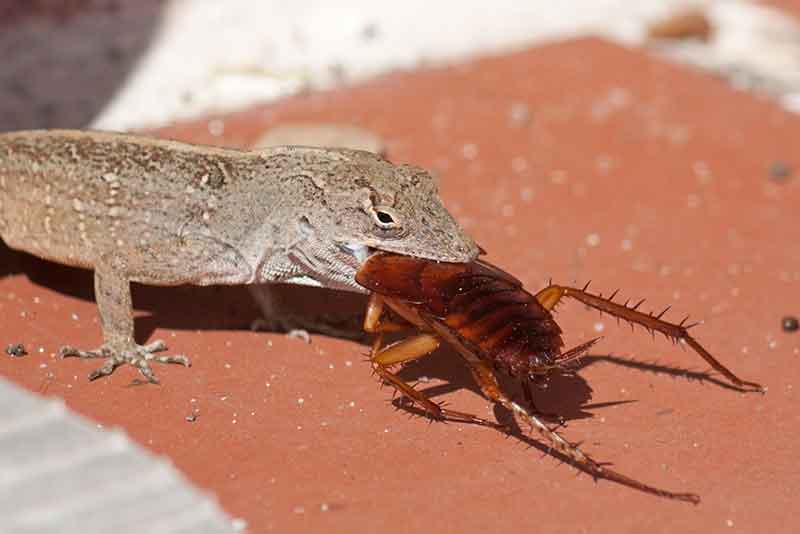
Check the temperature and humidity to make sure they are within the desired range.
Make sure the cage is the appropriate size for your lizard.
There may not be enough hiding places for your lizard to feel comfortable.
Making the necessary adjustments to its home may encourage your lizard to feed appropriately.
Your Lizard Is Entering Brumation
Brumation is the lizard equivalent of hibernation.
Many lizards, including bearded dragons and leopard geckos, go into a period of brumation every year.
In the wild, this is when temperatures drop and days become shorter.
If your lizard is hiding more, moving less, and eating less, it may be going into brumation.
What Should I Feed My Lizard?
The dietary habits of lizards depend primarily on their species.
Make sure you do some research to find out which type of diet you need for your pet.
Lizards fit into the category of insectivores, herbivores, carnivores, or omnivores.
In general, the food offered should not be larger than the width of the lizard’s head.
Insectivorous Lizards
This type of lizard, like leopard geckos, only eats insects.
Insects include roaches, crickets, or insects caught out in the wild.
When you prepare insects for feeding, you will generally need to dust them with a vitamin supplement containing calcium and vitamin D.
Both crickets and vitamin supplements are available at most pet stores.
To add some variety to the mix, include larvae like mealworms and waxworms.
Galleria mellonella Live Waxworms for Feeding Reptiles, Fishing, Birds, and Chickens (250)
Check Price on Amazon
Deals On Chewy
We earn a commission if you click this link and make a purchase at no additional cost to you.
If you’re maintaining live insects at home, make sure to feed them a nutritious diet so your lizard can absorb these same nutrients with feeding.
Check out our article on raising mealworms at home.
Herbivorous Lizards
Think of herbivorous lizards as vegetarians.
The most nutritious vegetables for them are greens, like broccoli, celery, okra, and Swiss chard.
You have a lot of freedom to experiment with vegetables to see which ones your lizard enjoys most.
Carnivorous Lizards
Meat-eating lizards, like large monitor lizards, should be fed dead lean rodents, defrosted, and warmed.
Baby and young lizards require feeding every 1-3 days, while adults only need to be fed every 3-7 days.
Omnivorous Lizards
Omnivorous lizards can eat a combination of insects, meat, and plants.
If they are omnivorous, you should offer a diet supplemented with any of the options above.
The proportion of each is dependent on your specific species of lizard.
How Often Should I Feed My Lizard?
Even though lizards can survive for long periods without food, you should not deprive your lizard for extended periods.
In general, feed adult lizards every 2-3 days, and feed a baby or younger lizards daily.
Water for drinking and bathing should always be available in your lizard’s enclosure, even if it doesn’t seem to be interested in it.
Conclusion
Learning about your lizard’s dietary habits is the first step in understanding their eating and drinking needs.
This is why it’s so important to learn how long they can go without drinking and eating.
Remember, lizards are not like humans, so they don’t necessarily need to eat every day.
Food for them is all about survival and nutrition intake when required.
If your lizard hasn’t been eating for a few days, it could be perfectly normal.
However, if you are concerned at all about sickness, please take your lizard to the vet!
Your lizard counts on you to survive, and educating yourself is vital to taking proper of it.
If you enjoyed this article, check out why lizards do push-ups.
How Long Can A Lizard Live Without Food (Full Answer)
Having domestic lizards as pets is relatively easy and is a long-term hobby. They are extremely smart. Just remember that they are not the cuddly lick-your-face type. Lizards can learn your voice and your face. They are full of personality. They will rest well onto your hand or arm.
They are extremely smart. Just remember that they are not the cuddly lick-your-face type. Lizards can learn your voice and your face. They are full of personality. They will rest well onto your hand or arm.
Since you are feeding them, they will come to you when they want food, or they learn to come to you when you call them. Pet lizards only want to eat, sleep, and play. They do not need a lot of attention, activities nor do you need to train them.
In turn, they give you hours of fun. When they are active, many species like to climb and exhibit great personalities. Also as pets, they talk, squeak, bark chirp, and/or whistle.
Food, Temperature, Substrate
Keeping lizards as pets requires the basics for keeping reptiles. One of the more important requirements is to have the right temperature for their bodies because they are naturally cold-blooded. Depending on the species, provide food that generally consists of insects/bugs, fruits (only 10%), and vegetables.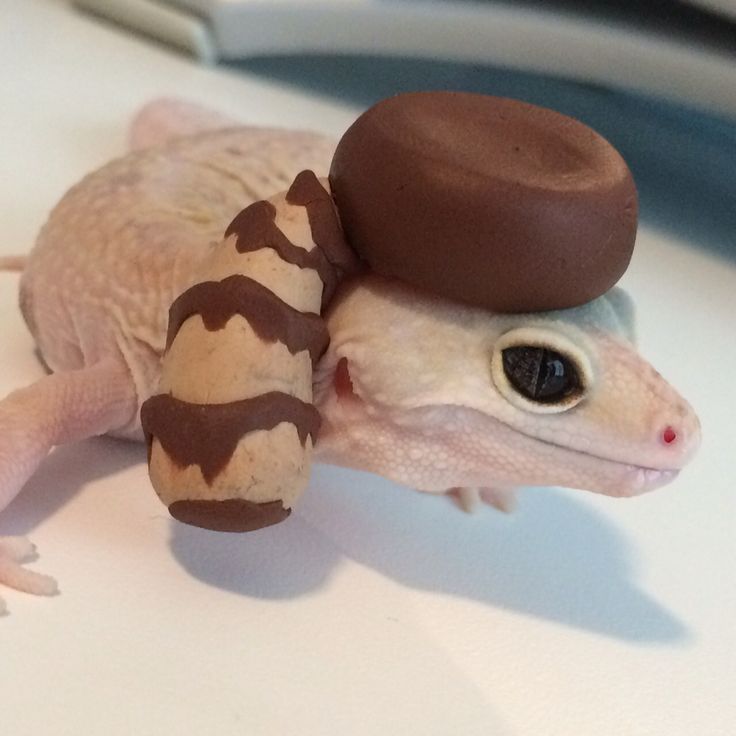
Remember, do your homework to find out what your species of lizard can and cannot eat. For example, Chuckwallas do not eat bugs. In the wild, their diet includes what is available in nature. This includes small animals (rats and mice) insects (spiders, flies, cockroaches, mosquitoes, ticks), tree fruits, and probably your garden veggies.
Since their metabolism is naturally low, they do not require large amounts of food. Also, keep them well hydrated with clean water. Water is very important to reptiles because of their sensitive kidney system. The body waste of a lizard can be converted into harmful acid. So, water is needed by them to flush these harmful acids and toxins from their bodies.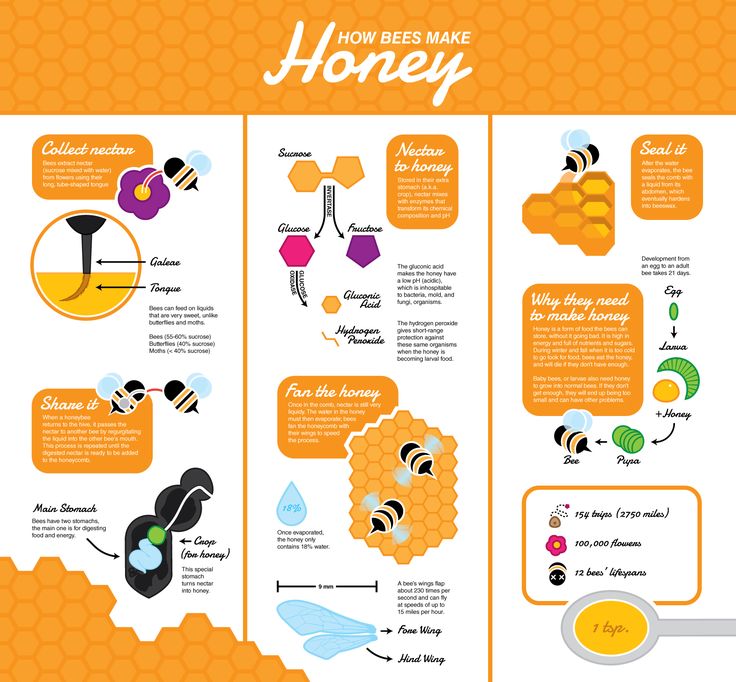
Some wild and domestic lizards who have scales or thick skin need water to sweat and to remain hydrated. Therefore, just like humans, water helps to regulate their body temperature. To provide the right living environment for your pet lizard will depend on what species you are caring for. Different types of lizards enjoy different living environments.
To supply a good enclosure, the right size and type are important. There are specialized cages that are designed specifically for lizards with heating controls, lighting, and more. A large (10 to 20-gallon) tank or terrarium is good for pet lizards. The layering substrate material for most lizards can include shredded or rolled-up paper towels or plain newspaper.
You can also purchase natural-looking substrates that are made from coconut fibers or cypress mulch. Keeping them as pets is simple because they like moving around in their enclosures. They do not have any interest in coming out of their comfortable enclosure.
How long do lizards (Lacertilia) live? A lizard’s lifespan is based on its species. Herpetologists state that small lizards, in the wild have a short life, around 3 years. But when cared for by pet owners, their lives are more enriched thus expanding their lives.
The larger exotic lizards. i.e. iguanas, monitors, chameleons, etc. have been known to live from 50-70 years. Especially when they are cared for by humans as in a zoo. Lizards that are kept as pets can experience a long life span.
As a pet, they are given veterinary care and there are no predators to cause stress and they do not need to search for and try to catch their own food. Lizards can change the temperature of their body due to their environment which means they should have both a warm and a cool environment.
Lizards can change the temperature of their body due to their environment which means they should have both a warm and a cool environment.
Some pet lizard species will live for up to ten years. Other species have shorter lifespans. And other species can live from 15 to 20 years. For the most part, their lifespan will depend on you as their pet owner.
The better care that you provide a pet lizard, or any animal goes a long way in their longevity. Providing the proper environment, the right foods, time, love, and quality general care will keep them living as long as is noted for their species in captivity.
Types of Lizard Pets
Just to name a few of the more common lizard pets include the following. As pets, they have even temperaments and they do not mind being handled by adults and children:
Bearded DragonBearded dragon:Beardies are between 12 to 24 inches and can live up to 15 years. Bearded dragons are omnivores. This species is highly favored as a pet. Beardies form a close bond with their owners which is why children love them.
Bearded dragons are omnivores. This species is highly favored as a pet. Beardies form a close bond with their owners which is why children love them.
Yes, these lizards have a blue belly. These cute small lizards grow to around 7 to 8 inches long with a life span of up to 5 years. Blue bellies are insectivorous. They make great pets whose maintenance is minimal.
Yes, their tongue is a beautiful blue to help frighten away predators. They are about 18 to 24 inches long and can live up to 20 years. Skinks are omnivores. They are friendly and calm.
·
They are around 8 inches long and live to about 20 years. Geckos are omnivores. Crested geckos make great friendly pets. Remember that they are most active at night.
They can grow to around 7 to 10 inches long with a life span of about 20 years. Leopard geckos are insectivorous. They are curious about you and seem to watch whatever you do. They are calm and gentle in nature.
Leopard geckos are insectivorous. They are curious about you and seem to watch whatever you do. They are calm and gentle in nature.
The average adult is around 30 inches, with a lifespan of 20 years. Chuckwallas lizards are herbivores. Even though they look ferocious. Chuckwallas have a friendly temperament, which means they do not mind being handled.
Dietary NutrientsAs a particular type of reptile, lizards can be found all over the world. Thus their feeding habits will differ. In the wild and as pets, their nutrients come from what they ingest. As you can see, pet lizards have varying appetites or food options.
Pet lizards need the same type of nutrients from their diet as they do in the wild. Whether they eat lettuce, mice, or insects their little bodies need the right nutrients. Food for pet lizards will not always contain the right amount of nutrients they need.
As such, vitamins and supplements should also be provided. This will include calcium, vitamin A and other nutrients. Vitamin D will be provided through exposure to the type of lighting in their enclosures (UV lighting) that their species require. These nutrients like in humans, help their teeth and bones grow strong.
How Long Can a Lizard Live Without Eating?How Long Can a Lizard Live Without Eating?Like other pets, lizards can suddenly stop eating due to illnesses. They are subject to parasites or infections within their bodies, as well as externally. They also will go into a molting season. Molting makes lizards go into hiding and stop eating. Molting happens once a year sometimes twice a year depending on your species.
For example, leopard geckos shed their skin because they are growing. Also, the breeding season for the males halts their desire to eat. Other circumstances that can cause your lizard to stop eating include stress or its habitat is not properly heated. When lizards go into their dormant process, it is their nature to conserve energy.
During brumation, reptiles do not eat or drink for several weeks. It must be stated, however, that pet lizards do not need to brumate. But if you see them trying to hide or bury themselves without eating or drinking, don’t be alarmed. They do this because it is in their nature.
Their natural instinct tells them that hibernating for a short period of time is the natural thing to do. Also, your pet lizard will very likely continue to eat, poop, and drink but less than it normally would. Whatever the cause please watch them closely and take them to a vet when you see noticeable changes.
When they refuse to eat the question then becomes how long can a lizard live without food?
The answer depends on the type of species you have as a pet. Mainly, the length of time a lizard can live without food depends on whether your lizard eats to store their food or is it only for nourishment for the moment. For example, adult leopard geckos can go without food for a month.
Mainly, the length of time a lizard can live without food depends on whether your lizard eats to store their food or is it only for nourishment for the moment. For example, adult leopard geckos can go without food for a month.
On the other hand, adult bearded dragons will only live for around three weeks if they do not eat. Also, garden lizards can live for several days without food but if they have access to water and a cool environment they can live a lot longer without food. Fat from their food source, as well as water, is stored in a lizard’s tail.
Lizards must eat regularly because they are growing and they need lots of energy. In simple terms, adult lizards can live longer without food than a neonate. In short, a lizard can live without food depending on its age, size, and species. The basic life span without food for a lizard is anywhere between 2 weeks to 2 months.
Common lizard at home
Share the article:
When you need to equip a living corner in the apartment, and there is not so much free time for keeping the animal, then you can get an ordinary lizard. She is unpretentious, does not make noise, does not require regular walks in the fresh air, her life in captivity does not need a large terrarium. Almost the perfect pet, right?
She is unpretentious, does not make noise, does not require regular walks in the fresh air, her life in captivity does not need a large terrarium. Almost the perfect pet, right?
Content
- Quick (common) lizard in nature
- Organization of the terrarium
- Microclimate
- Common lizard: what to feed
- Summing up
Swift (common) lizard in nature
This living creature is considered exotic at home. That is why in order to avoid problems during maintenance, it is necessary to know its natural habitat conditions.
Anyone who has walked in the woods has come across these green or brown lizards, which quickly hide in the grass or bushes at the slightest danger. These are representatives of the species Lacerta agilis Linnaeus (lat.) or nimble lizards. nine0003
At present, science knows 9 subspecies, which are distributed over the vast territory of Eurasia from the Atlantic coast to Central Siberia.
Within Russia, the distribution range of these amphibians is very large: from Karelia, Arkhangelsk and Leningrad regions in the north to the Caucasus in the south and from the border with Belarus in the west to Baikal in the east.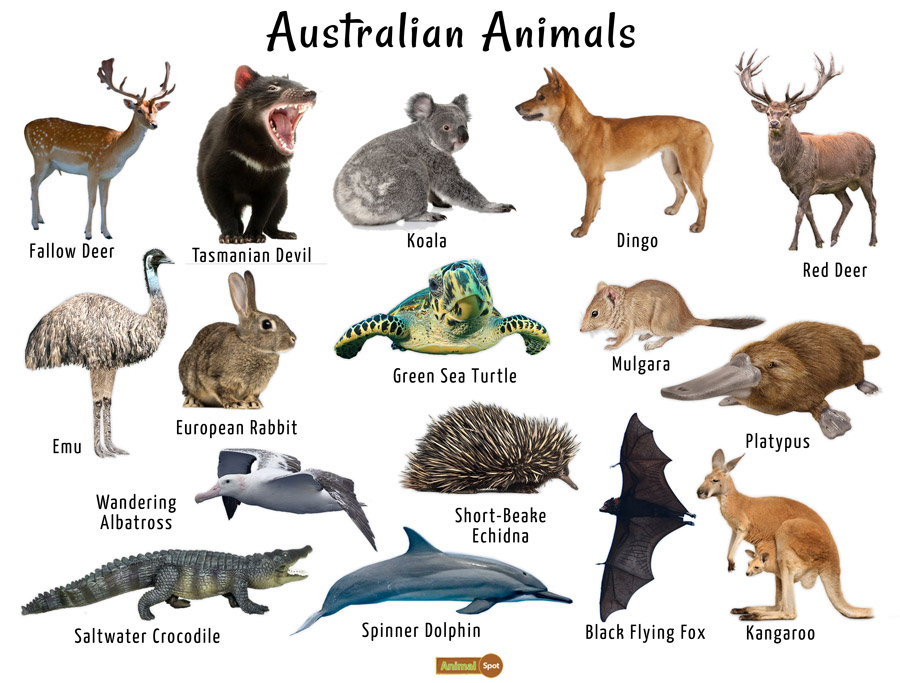
Accordingly, the biotope of natural existence is also different: damp wetland, coniferous and mixed forest, forest-steppe and steppe, stony dry areas of the territory. It leads mainly a daytime terrestrial life, but can climb high both in trees and on stone slopes. nine0003
Agile (or ordinary) lizards do not go far from their inhabited territory, sometimes digging narrow holes in the ground.
During the hunt, these reptiles do not move more than 15–20 meters from their mink, so that in case of danger they can quickly hide in their shelter.
The size of the quick lizard can also be different. The length of an animal with a tail is from 5 to 25 cm (depending on the subspecies). Males are usually slightly larger than females, their color is usually brighter. The abdomen of males is greenish-yellow, while that of females is white or slightly yellowish. nine0003
Common lizards feed on a variety of invertebrates: snails, worms, and insects. They can eat both their own and "neighborly" young animals.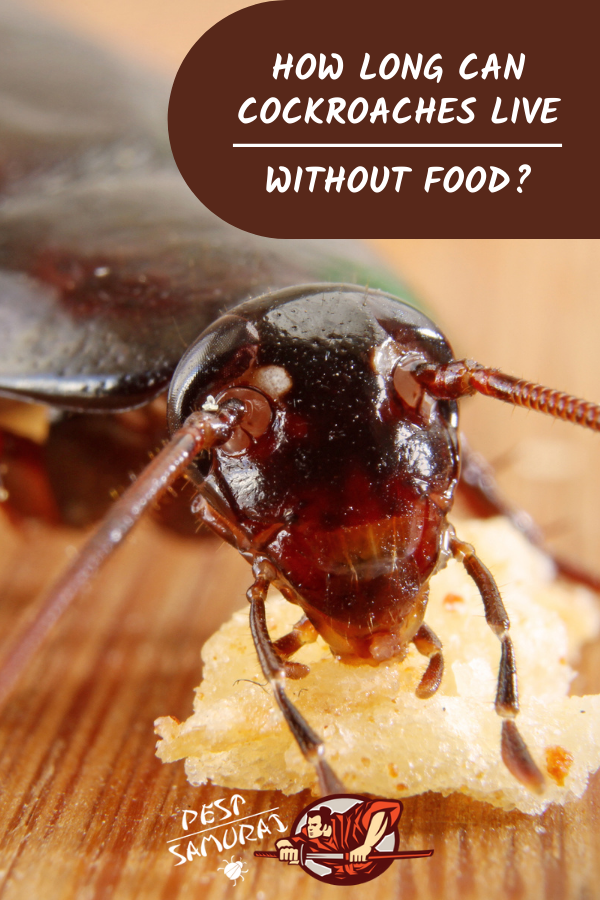
If the animal is sharply grabbed by the tail, then it may try to bite, and escaping, leave its tail to the “enemy”. In this case, there will be no bleeding, since the muscles of the animal in the area of \u200b\u200bthe tail thrown back almost instantly contract. After some time, the tail process is restored (regenerated), but, as a rule, the new tail is somewhat shorter than the "old" one. This feature of the body should be taken into account when keeping at home. nine0003
Organizing the terrarium
Exotic pets should only be kept in a terrarium. A lizard roaming freely around the house can be injured or burned.
The size and shape of the terrarium can be any, but there is an unwritten rule: the height of the walls of an artificial dwelling should be equal to the length of the amphibian multiplied by 2. At least. Recall: lizards easily climb even a vertical wall.
Plain glass can be used for the terrarium (an old aquarium works best), but wire mesh is best for the lid.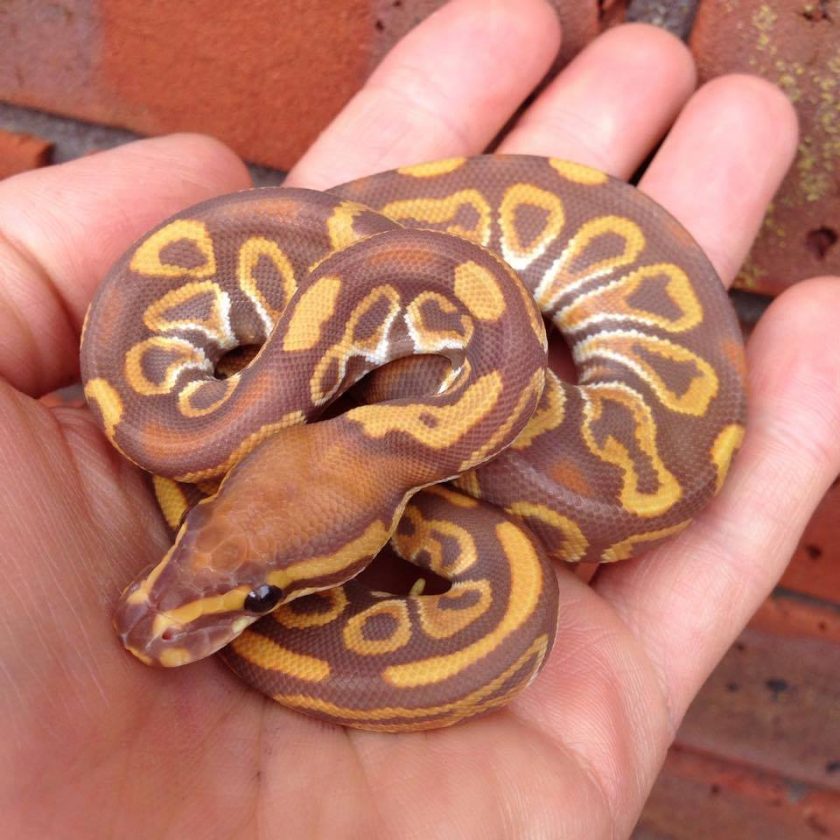 In addition, small holes for ventilation must be arranged in the side walls. nine0003
In addition, small holes for ventilation must be arranged in the side walls. nine0003
There are variants of a "house" made from an old bookshelf. In this case, one side wall and the cover of the impromptu terrarium are also made of wire mesh.
It is recommended to cover the bottom with soil; Coarse-grained sand, pebbles and even ordinary earth are perfect for this. The most popular among terrariumists are ordinary napkins, paper towels or toilet paper, which can be easily replaced as it gets dirty.
For your nimble pet, it would be nice to decorate the landscape with tree branches or stumps, snags, rock slides, caves. A nimble lizard will definitely like this decor. nine0003
Microclimate
The animal feels normal at room temperature, but if a representative of one of the southern subspecies lives in the terrarium, then the temperature should be maintained within the range of +25 to +30 °C during the day and from +18 to +20 °C at night.
The temperature regime can be provided either with a thermal mat or an ordinary incandescent lamp with a reflector. But in this case, the lamp should be located out of reach for the animal.
But in this case, the lamp should be located out of reach for the animal.
Humid chambers should be installed in the terrarium in which the lizards will hide as needed and safely molt or lay eggs. For these purposes, an ordinary plastic container is used, in which one large hole is made on the side, which is necessary for the animals to freely climb into the chamber. From above, in the lid, you need to make a lot of small holes that provide ventilation. The bottom of the container is lined with ordinary napkins or coconut substrate, which must be kept moist. nine0003
For catering, you need to install a bowl for food and a drinker. Over time, the lizard gets used to one place for food and drink.
The health of many diurnal reptiles is directly dependent on ultraviolet light. In the body corner of the terrarium, it is necessary to install a UV lamp for reptiles, with a power of 10-12%.
Common lizard: what to feed
There is an opinion that this nimble amphibian can be given pieces of "human" food, the remnants of a family meal. In principle, this is true, but this food should not be abused in any case. nine0003
In principle, this is true, but this food should not be abused in any case. nine0003
You should still provide a diet that is close to natural.
- That is why spiders, cockroaches, grasshoppers, worms (even flour ones) are normal food for lizards.
- You can prepare a nutrient mixture consisting of grated carrots and pieces of meat (minced meat is allowed).
- And if finely chopped spinach or dandelion leaves are added to such a mixture, then the lizard will receive not only protein, but also vitamins necessary for normal development. nine0009
Feeding should be done 3 times during the day. In winter, during a period of reduced activity, you can switch to two meals a day.
Calcium supplements are also important for reptiles, so sometimes food for lizards needs to be sprinkled with special feed calcium or powdered eggshells.
Summing up
As you can see, keeping a jumping lizard in a house or apartment is quite simple. If you carefully monitor the well-being and behavior of the nimble green minx, set a firm feeding schedule, observe normal temperature and humidity conditions, and keep the terrarium clean, then the smart lizard will get used to its owners. And then she will not be afraid of human hands. nine0003
And then she will not be afraid of human hands. nine0003
Peculiarities of morning lizards in domestic minds
Reptiles, as domestic lovers with skin rock, are becoming more and more popular.
To whom the simplicity of the morning is evident:
• reptiles do not care too much respect;
• suitable for allergy sufferers;
• do not take a lot of space;
• avoid high vitrates;
• Watch out for them.
You can choose like a homemade lizard like an exotic creature, just like a simple pond lizard. Wash your morning at approximately the same time, only with a small amount of money, which is a great lizard in the wild, falls into a hibernation, and for the support of normal life, it is necessary to ensure such an opportunity in domestic minds. nine0003
Largest species of domestic lizards:
1.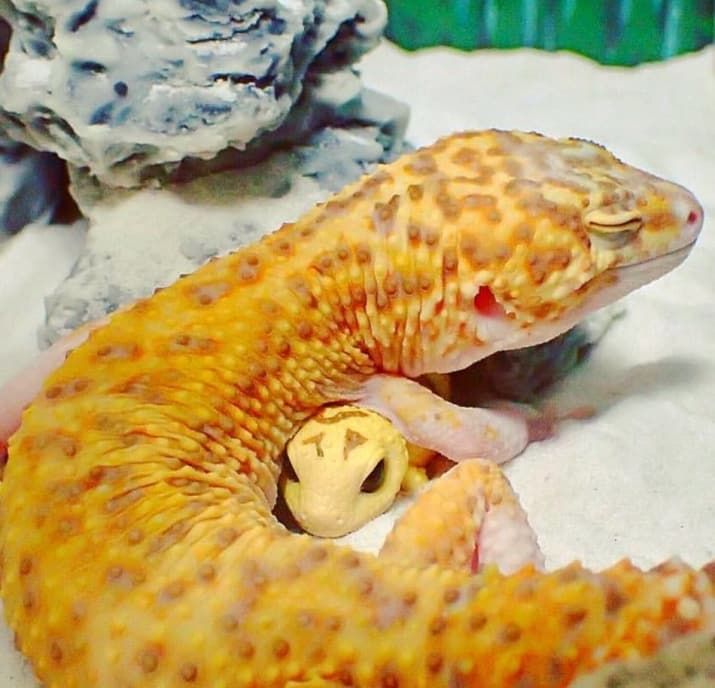 Hemiteconix.
Hemiteconix.
2. Felmuza.
3. Currents.
4. Bananoid.
5. Eublefar.
6. Chameleon;
7. Zvichayna (pond) lizard.
Let's take a closer look, like a butt, simple in the morning and inexpensive vihovantsya, a wonderful pond lizard. This reptile is widely expanded in the wild, well bred, maє tsіkavu zvnіshnіst, due to the proper organization of the minds of the morning, it will adapt to the apartment minds. But the minimum possession is still necessary. nine0003
Why can't you take the lizards out of the terrarium?
In a cold way, reptiles, inspire the greatest lizards, the necessary microclimate, with two zones: warm and cold and obov'azkovym zherel ultraviolet. In a different way, for emotional comfort, the creature can have its own hide. Thirdly, staying in an apartment threatens with injuries, which can lead to the death of a creature.
The organization of the living area for the lizard does not mean great material and time gains, but pay off with a special atmosphere in the apartment, a healthy and satisfied Vikhovanian that great feeling of satisfaction: you know that everything was done correctly and your living creatures are good. nine0003
nine0003
What is necessary for the mating of the great lizard in the household mind?
Large grown lizards can grow in size from 15 to 25 cm, so for them to grow a small (400x600x400 mm) terarium. Wrath, that the main enemies of lizards in the wild are birds, that creatures know stress, like they mark the beast. That is why the doors of the life of the lizard may be on the side, and not on the beast.
Remember that lizards can't be held in a terrarium near boxes!
Required minimum terarium for lizard size:
• UV lamp;
• Ground for the days of the aquarium;
• Consciousness from water.
Particular attention to the organization of housing is necessary to add temperature control. Bazhano organize in a terarium two zones with a temperature difference of approximately 10 degrees. In the cold zone, it may be 25°С, in the warm zone - 35°С. The ultraviolet lamp is due to work for 12 years, it is important for reptiles, otherwise their exchange processes are disrupted in their bodies and the creatures die in agony.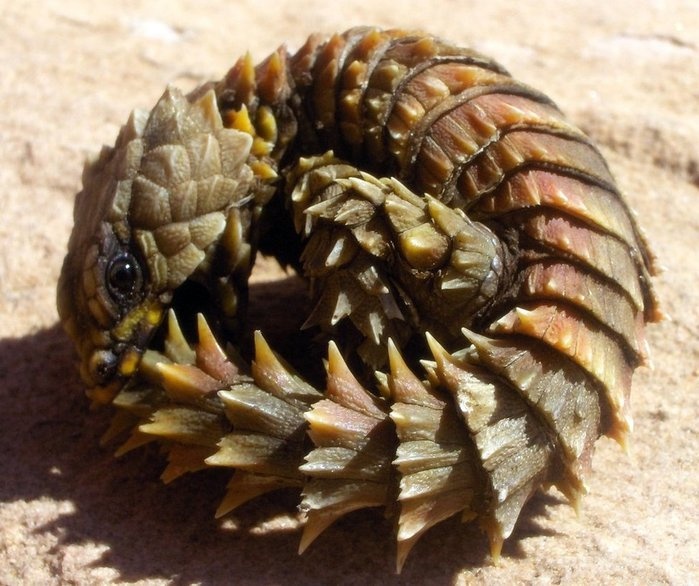
In the night the temperature is again not guilty to fall below 20 degrees, otherwise the lizards begin to recover their metabolic processes, the trochs will understand why. nine0003
Krіm lamps, for pіdіgіvu terarіum you can vicorist also thermofireplace, thermokilimki and thermal laces. Golovne, stezhity, so that the temperature of the building was not too high.
Special soil for the bottom is better to buy at the pet store. There wine may be an optimal warehouse, purifications and attachments especially for reptiles.
The capacity for water is the responsibility of the mother, the expansion of the equal, or the greater expansion of the lizard, so that the vagrant could climb into it. Water may be in the cold zone. Dodatkovo it is possible to sprinkle the soil once a day with water, but it is not too clear, otherwise a fungus may grow in it. nine0003
What is the purpose of a pond lizard?
In the wild, lizards eat beetles, spiders, horse horses, caterpillars, and wood bugs.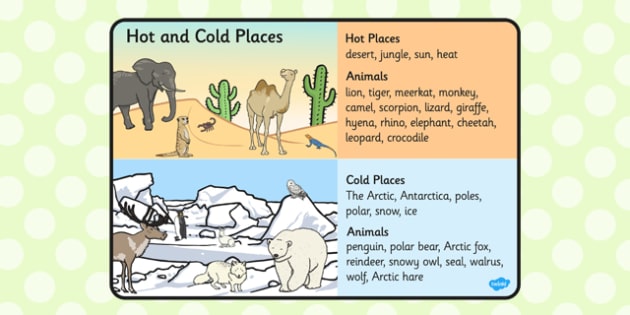 Podbayte about those, shchob at the menu vyhovantsya obov'yazkovo bula alive їzha. Tse can be tsvirkuni, targani, boroshnyanі worms.
Podbayte about those, shchob at the menu vyhovantsya obov'yazkovo bula alive їzha. Tse can be tsvirkuni, targani, boroshnyanі worms.
Zrіdka can be given to an egg, or a boiled chicken.
With your knowledge, you will choose the optimal size of the shmatochkіv, so that the creature will correct the troch, accepting the hedgehog, but without the overworld zusil. Like shmatki nadto great lizards їх whip and shackle again. nine0003
Add special mineral supplements and vitamins to the meat menu. Year of the lizard every day: 3 times a day for a day and two for a day of winter. One reception їzhi - tse 7-12 coma. Young people are more likely to give zhu with tweezers, and mature lizards can take zhu independently.
Everything that the lizard didn't know should be taken out of the terrarium.
Today, pet food growers offer a wide range of ready-made food for lizards: ranging from rich summish to dried coma. You can find out and find out the best option for the feed at our online store. nine0003
nine0003
Why do lizards fall into the minds of a hibernation?
In the wild, due to the peculiarities of the climate, lizards often fall into hibernation in the cold season. Blame it on a whole logical supply: what do you need in a Russian apartment?
Let's just say: the lizard itself does not fall asleep, so you do not change the temperature of the morning. Better create what is necessary for the winter sleep, think, because the creatures, as they finish the wonderful seasonal cycle, feel better, look better (the color of the skins is larger) and live longer. nine0003
The preparation process for mating takes about a month. Like a lizard, it’s thin, it needs to grow up more intensively, so that it gains weight to the ear of hibernation. Then we need to step by step lower the temperature (for a day before the creature ceases to be warm, so that her intestines are cleared again).
The decrease in temperature can be gradual: for 3-6 years, it is necessary to lower the temperature by 5 degrees, until + 6-8°C is reached. This is the optimal temperature regime for the brisk lizard. nine0003
This is the optimal temperature regime for the brisk lizard. nine0003
Reptiles can hibernate in a refrigerator with a regulated temperature, as it is necessary to constantly control it. The creature needs to be placed in a small room with openings and put by the refrigerator.
The sleep of the reptile on the floor is deep, so that the heartbeat is practically not noticed and the breath is even rarer. But the creature is alive, it’s just too easy to sleep! Deyakі vlasniki lizards lizards scho that the reptile died that vykidali creature.
Optimal sleepiness of the lizard is 2, 3 months. For a shorter period, sleep does not give a bad effect, more - the reptiles may run out of reserves of brown words and energy, and they will die off. nine0003
The process is trochic, but, in its own way, cicavia. Remember that you have a life of that healthy, sweet little beauty, go to watch the reptile in a real way!
Exotic lizards - special character and insight.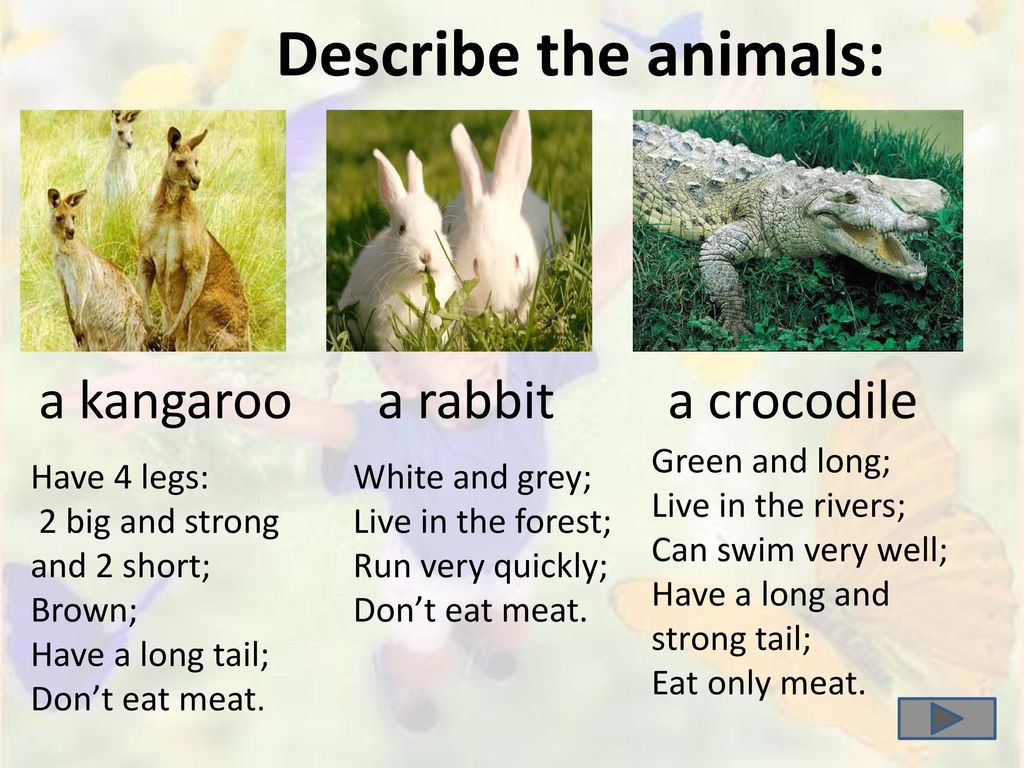
Like a brambling lizard, practically does not call to humans and is badly going to contact, if you see exotic reptiles, do well and positively put before contact with humans.
For example, e ublefari - calm and kindly vihovantsi, even kinder to children. They often quarrel with cochens, shards of stink can sizzle in the hands of the masters. Unequally zabarvlennya that nice looking so gives them the value of home vikhovantsiv.
Eublefari were ideal vikhovantsi, yakbi did not lead a nocturnal way of life. Vlasniki let through most of the most important moments from the life of love.
Hemitekoniksi are even more attractive shades - warm and cold colors (gray, brown, orange, yellow, black and white), unimaginable gradations and transitions, plus a garniy vezerunok! nine0003
A family of geckos, to which hemitheconix is superimposed. The rosemary of grown-up individuals kolivaetsya from 18 to 36 cm of the plant. They have an arc of tsikavy tail: tovst, folded at the accordion. At the moment of insecurity, the creature can grow up, so that you can get better.
They have an arc of tsikavy tail: tovst, folded at the accordion. At the moment of insecurity, the creature can grow up, so that you can get better.
The tail of these reptiles is an indicator of health: if you are thin, without fat deposits, then the creature is sick and hungry. At the moment of insecurity, like and more lizards, gemitekoniksi can do it. It’s a pity, then we’ll never be able to grow up to cob growth, and it’s too much to spend the reptile’s callousness. Therefore, in the minds of the home, it is necessary to be more protective of the hemiteconix and keep the memory of this particularity. nine0003
Years of these lizards are trich for this day: flower worms, boroshnyan worms, targans, newborn targets and obov'yazkovo special food for reptiles with vitamins and calcium.
Expansion of the core for vihovantsa is selected according to the requirement until reconciliation, but not less than 70 l. On the vіdmіnu vіd vіchаynoї lizard, tsya reptile will require deshcho large amount of ukrittіv: writhes, halves of coconut, bark of trees.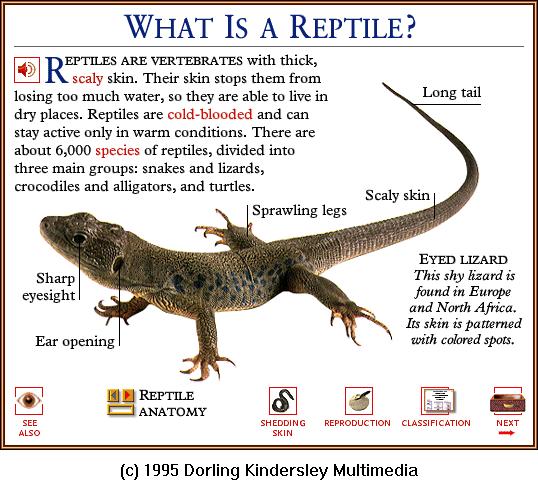 On the day of the night, buti moss is to blame, or a great ganchirka, but not a piss: the creature can get yogo under the hour and get sick! Warmth (two zones with different temperatures), humidity and ventilation are the standard set for all reptiles and gemiteconix not to blame. nine0003
On the day of the night, buti moss is to blame, or a great ganchirka, but not a piss: the creature can get yogo under the hour and get sick! Warmth (two zones with different temperatures), humidity and ventilation are the standard set for all reptiles and gemiteconix not to blame. nine0003
Felmuzy are also more diverse in distributions and infestations, such felmuz are available 42 species (66 subspecies). Mature lizards grow approximately the same way, as well as gemitekoniksi (18-30 cm).
Yaskrave zabarvlennya pritamanna mayzhe to all representatives of the species. The most striking signs of green color, on the back there are patches of that female.
It is necessary to see the obov'yazkovy presence in the terariums of green growths, like hanging out from the wet soil. In the designed terarium, it is necessary to vicorate empty tubes, for example, bamboo, as they will be for reptiles. Year felmuz girls for a day with clods and once for a day with fruit.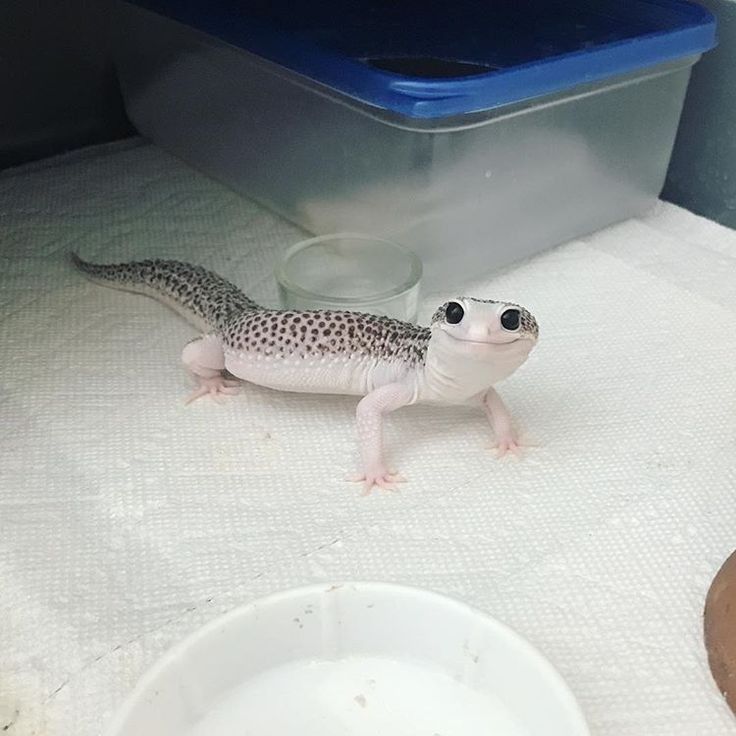 It is important not to retort the reptiles: fatty livers can lead to even more sums. nine0097
It is important not to retort the reptiles: fatty livers can lead to even more sums. nine0097
Gekoni currents may be especially preoccupied with “peas” and, at a glance, in the presence of more lizards, to make voices. The stench can see a great number of sounds: croaking, clattering, squeaking or tsvirinkannya. Slid vrakhovuvat tsyu osoblivіst, even more so in the fact that the price of no creatures. True, the voice is less for males, females mutter.
The currents are aggressive, they have pain in the cracks, the buildings have significant ears, it’s better not to bring them up. From the peculiarities of the morning varto, it is important to have a greater amount of life and a greater high water content (70-80%). In the terarium, it is necessary to hang out the growths, so that they can grow under the water (for example, scindapsus, white arrowroot, dwarf-like ficus and various philodendrons). nine0003
Optimum food for toki - tsvirkuni, you can also give hrobakiv hrobakiv and targaniv.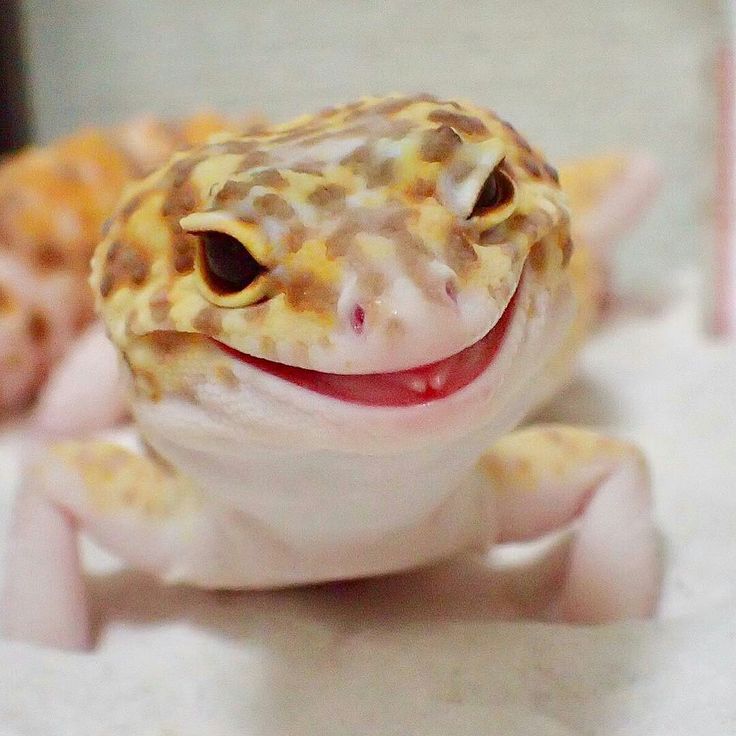 Not often, like salmon, the diet is supplemented with new targets and quail eggs.
Not often, like salmon, the diet is supplemented with new targets and quail eggs.
Bananas , on the current, milking is good, calmly endure the transfer on the hands. You can feed these reptiles both with live clods and with special food. The menu also needs to include fruits, vitamins and calcium.
The temperature in the terrarium is due to buti 24-28 ° C in the day and 22 degrees at night. Like a bedding on the bottom, it is better to vicorate natural moss, bark, like a good way to improve moisture. Obov'yazkovo moyut but lively chi piece growths, like tsі reptiles vicorist like ukrittya. The water content of dovkіlla bananoidu to mow the temple, 60-90%.
Chameleon in order to warm the minds of the morning, the temperature in the terarium for such a wobble is due to 28 to 32 degrees a day and 25 ° C at night. And the axis is high water is not needed, 60% will be sufficient.
The bottom of the life is covered with a ball of piska, vermiculite or sphagnum.






